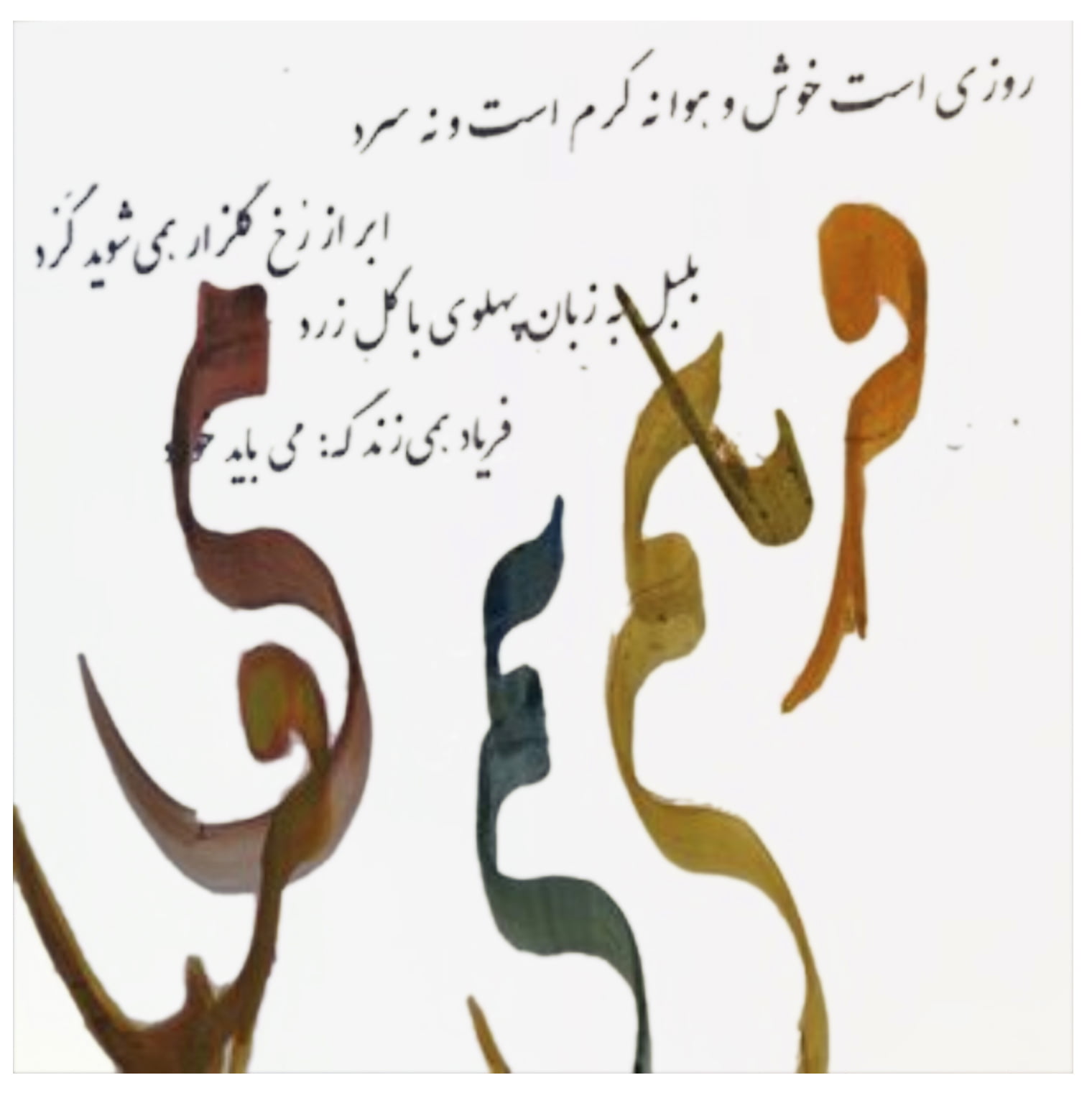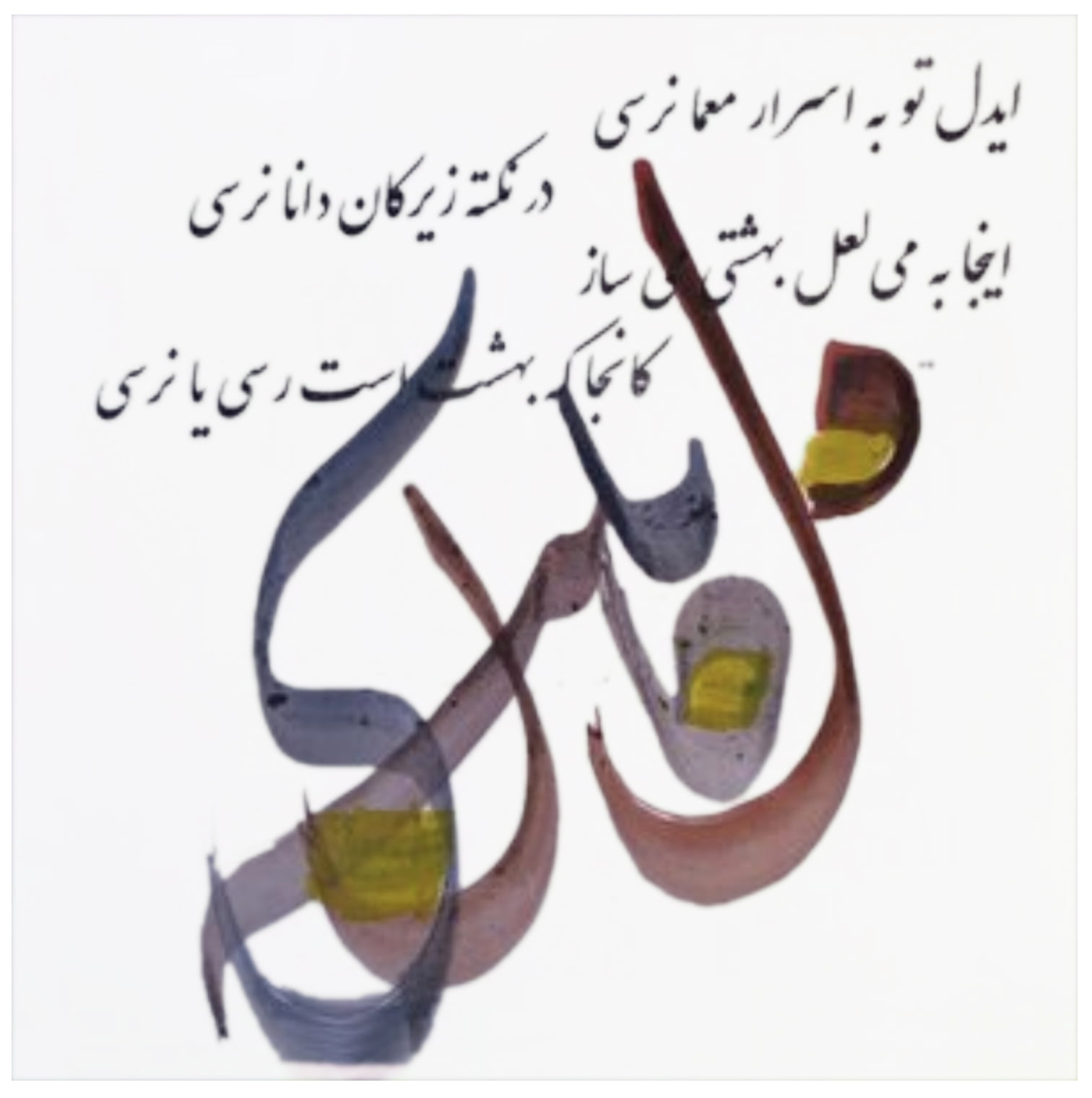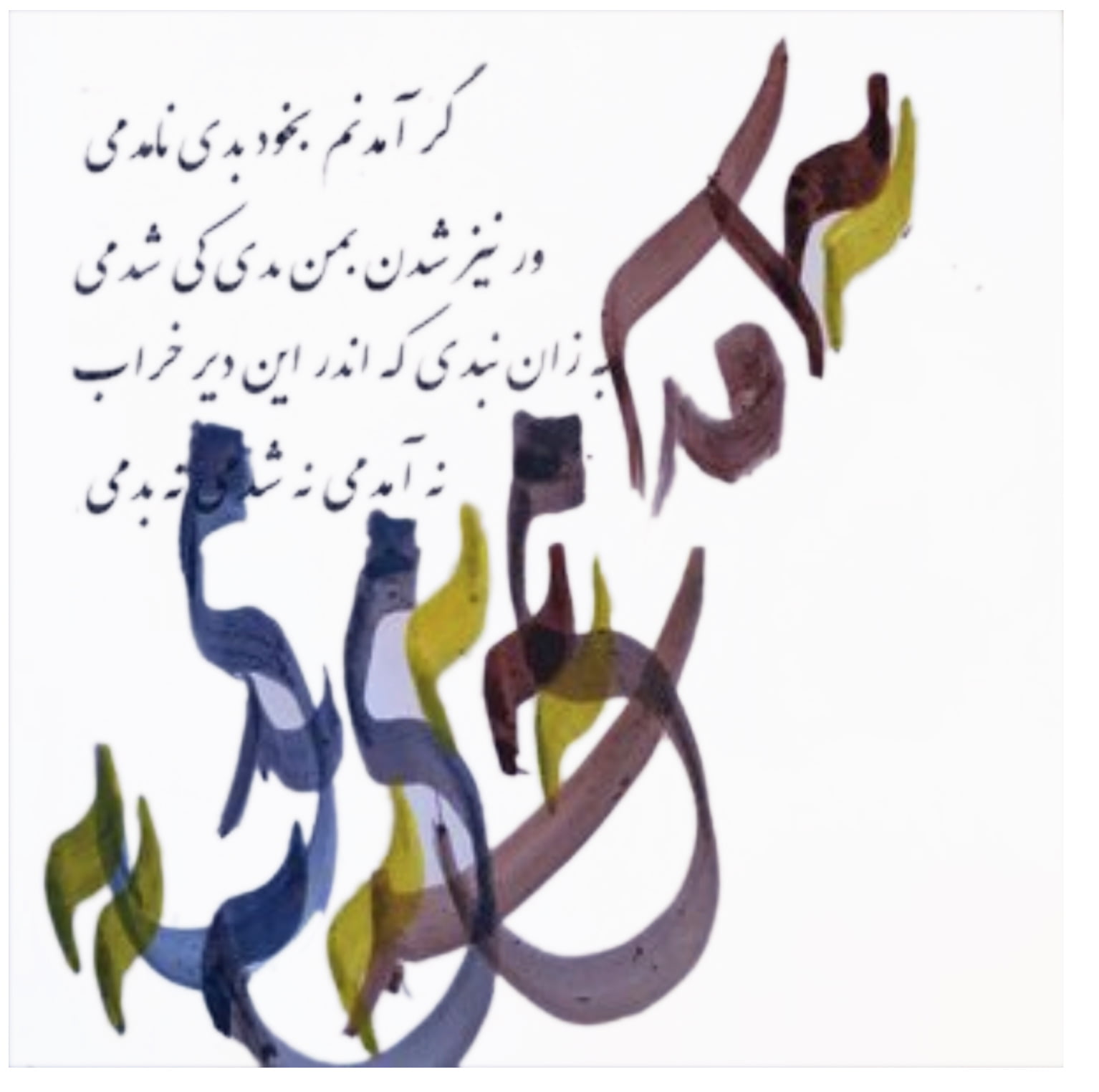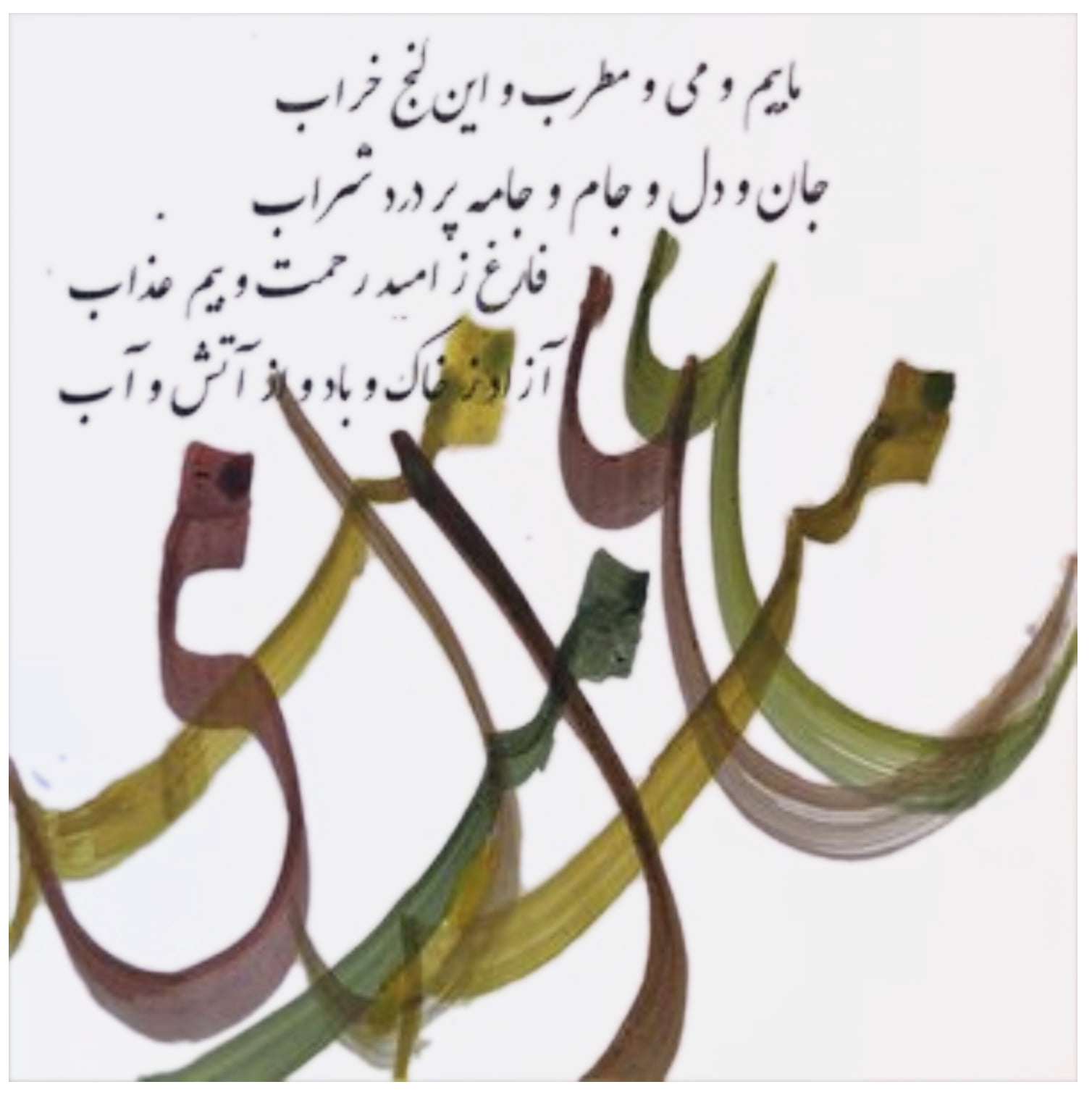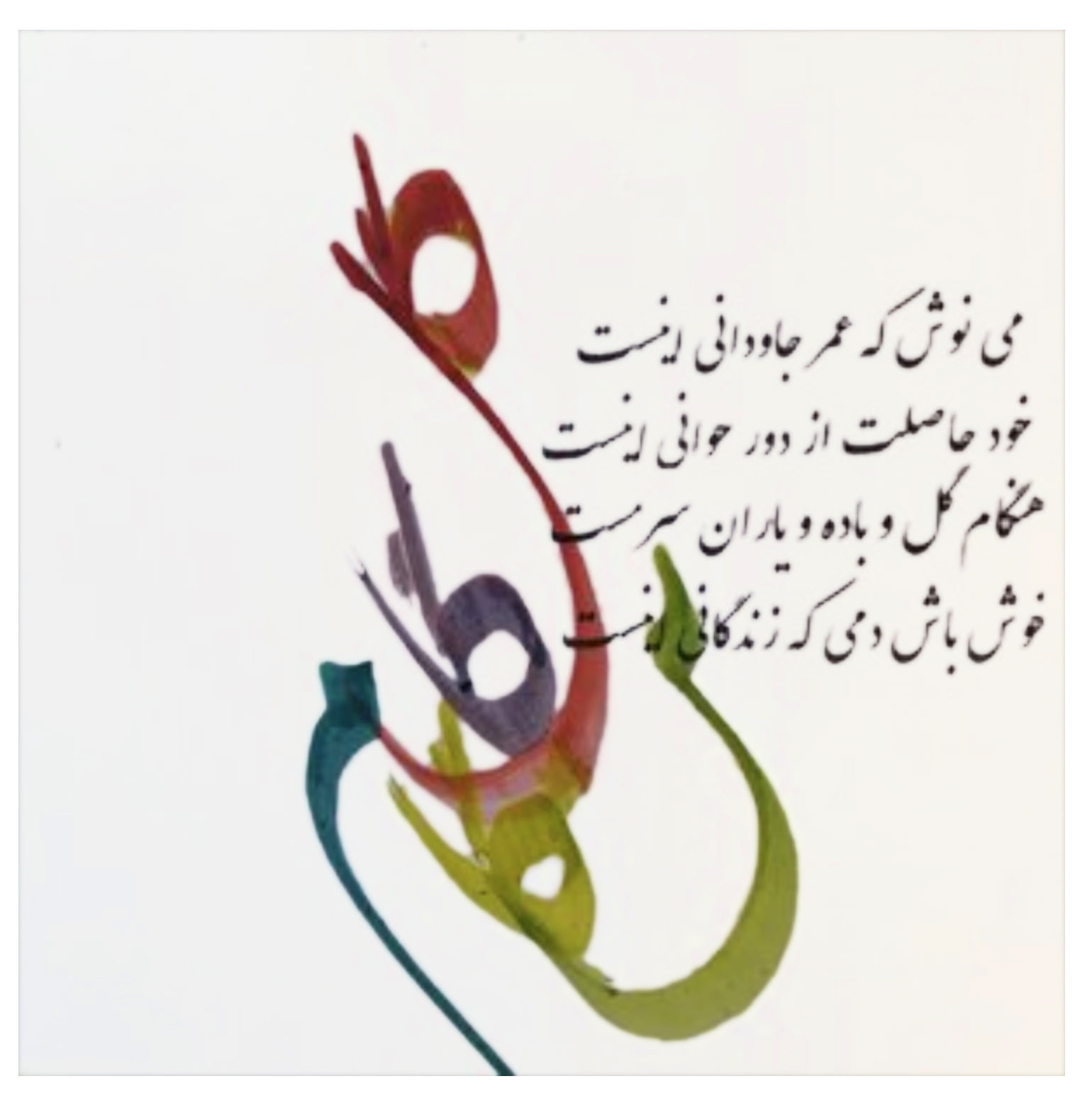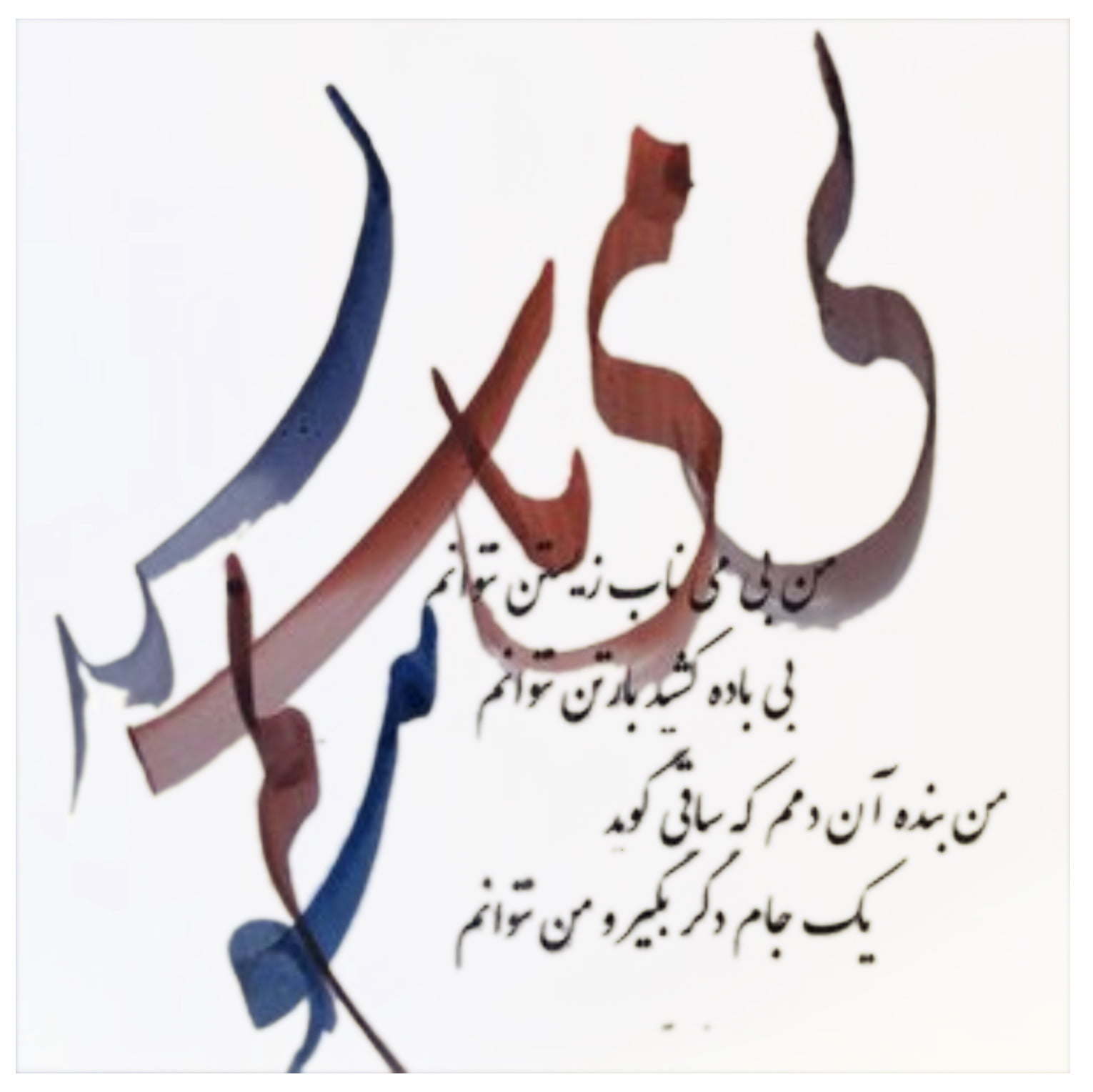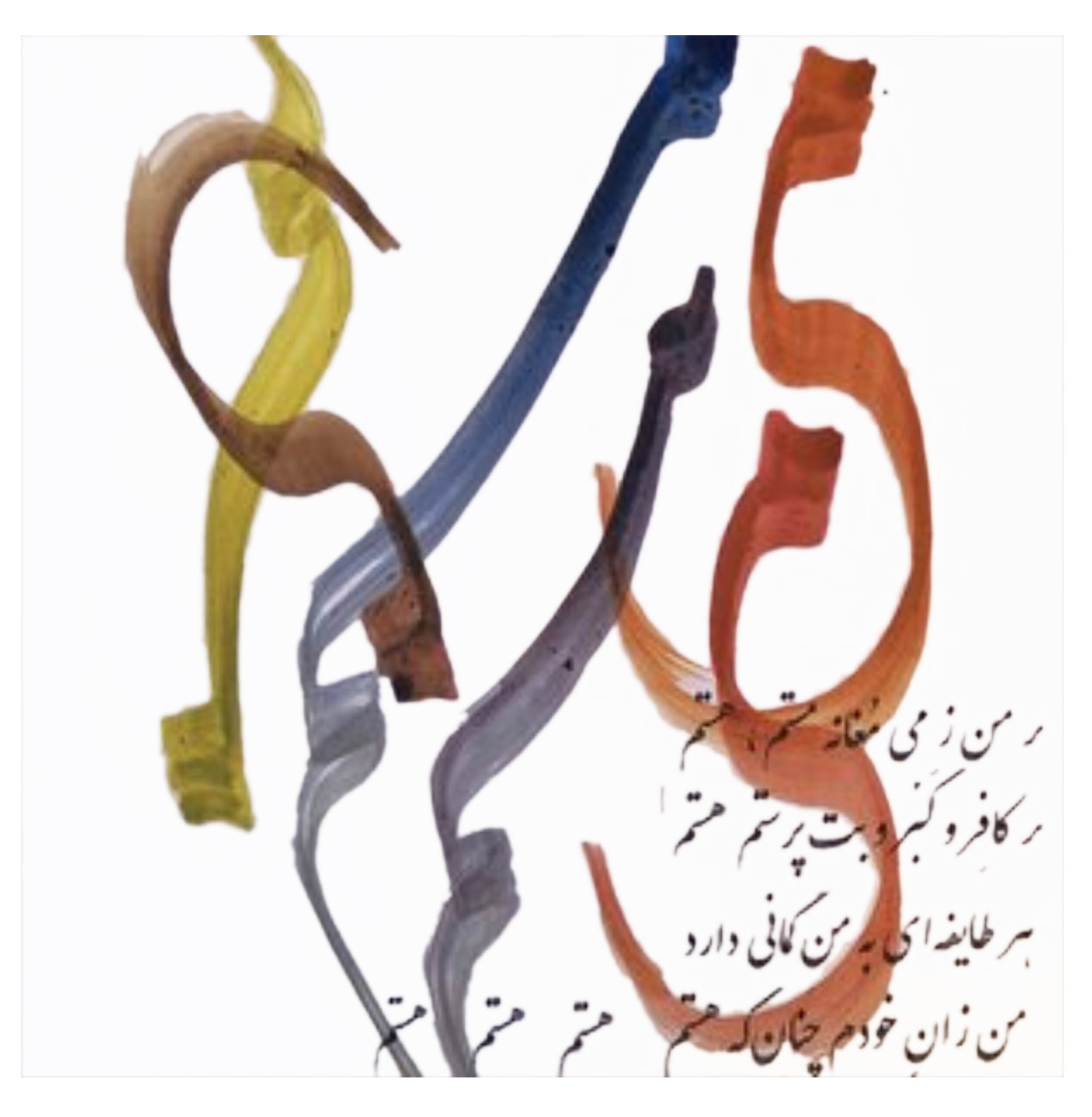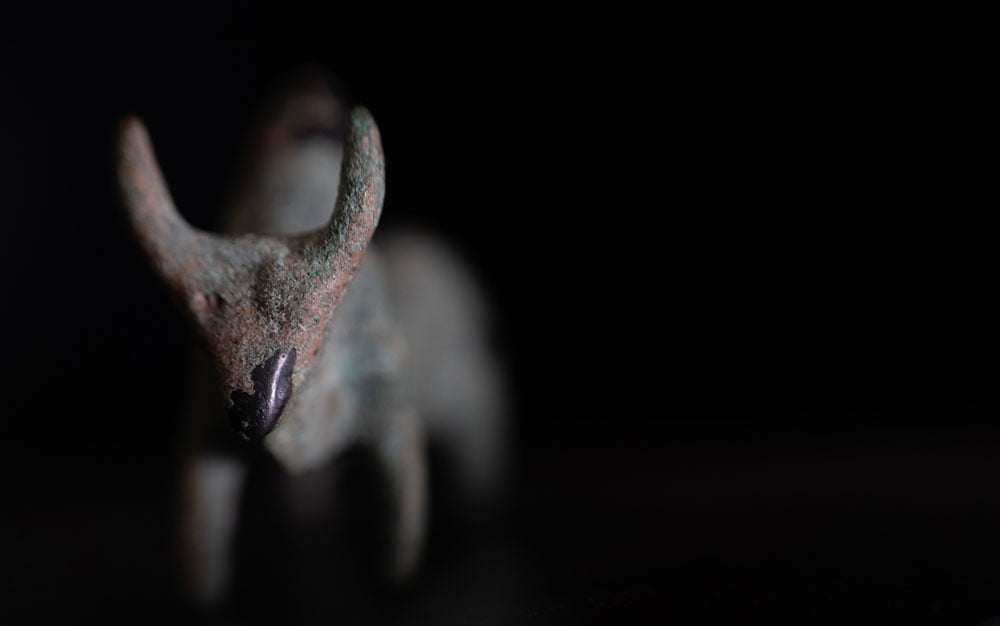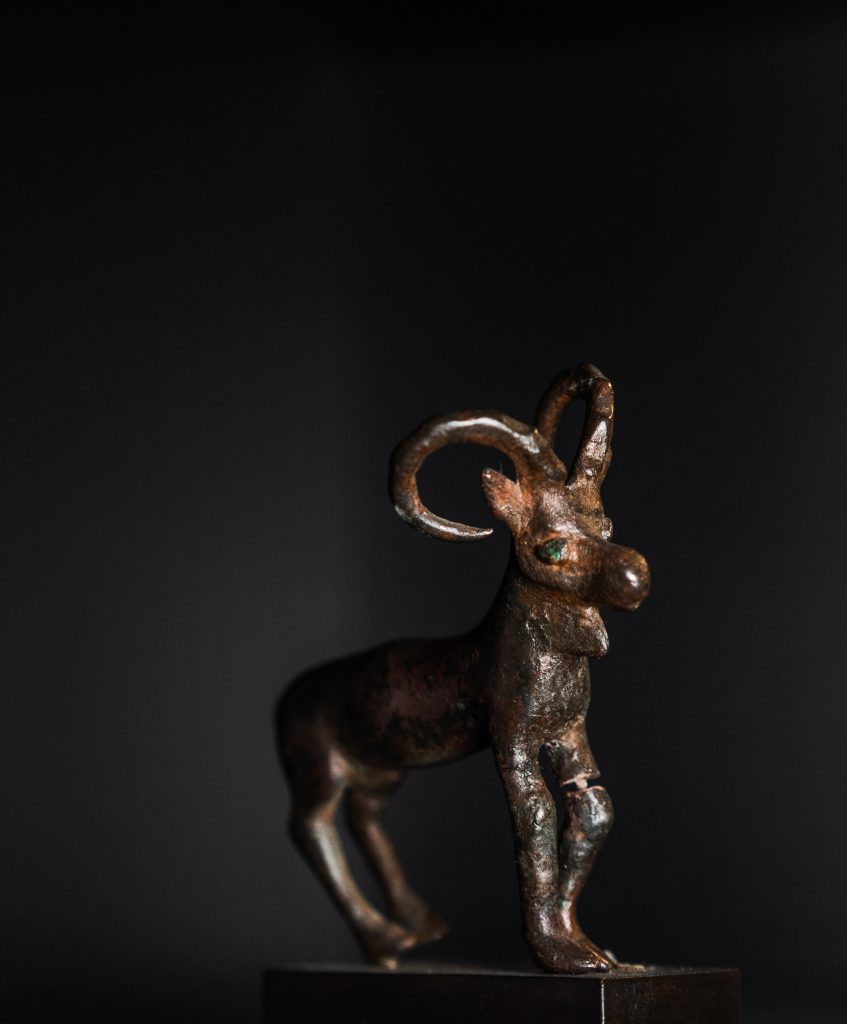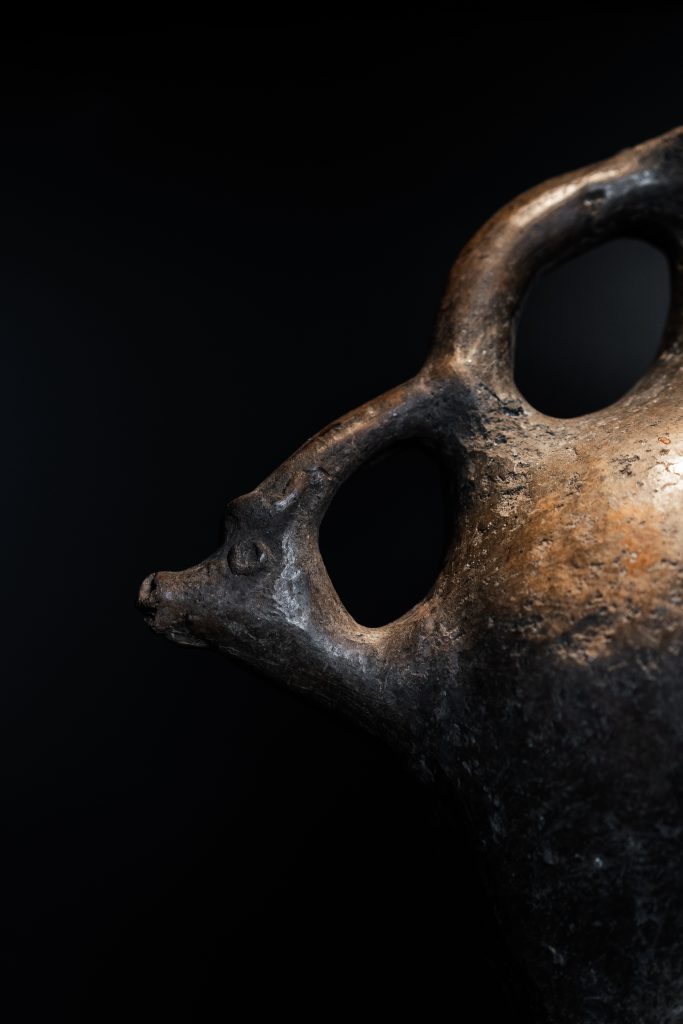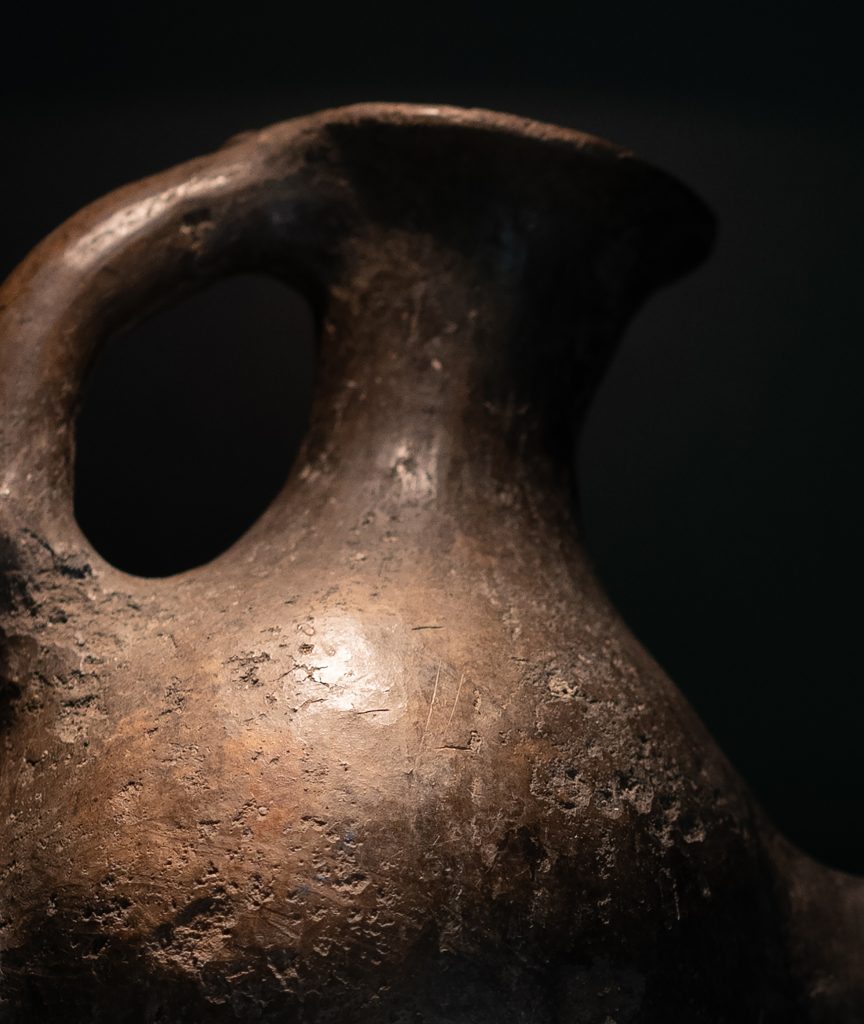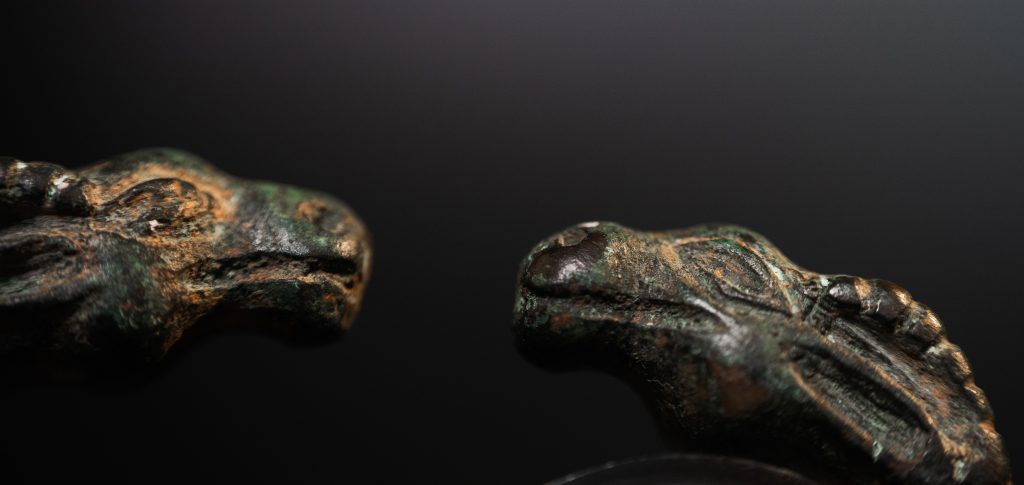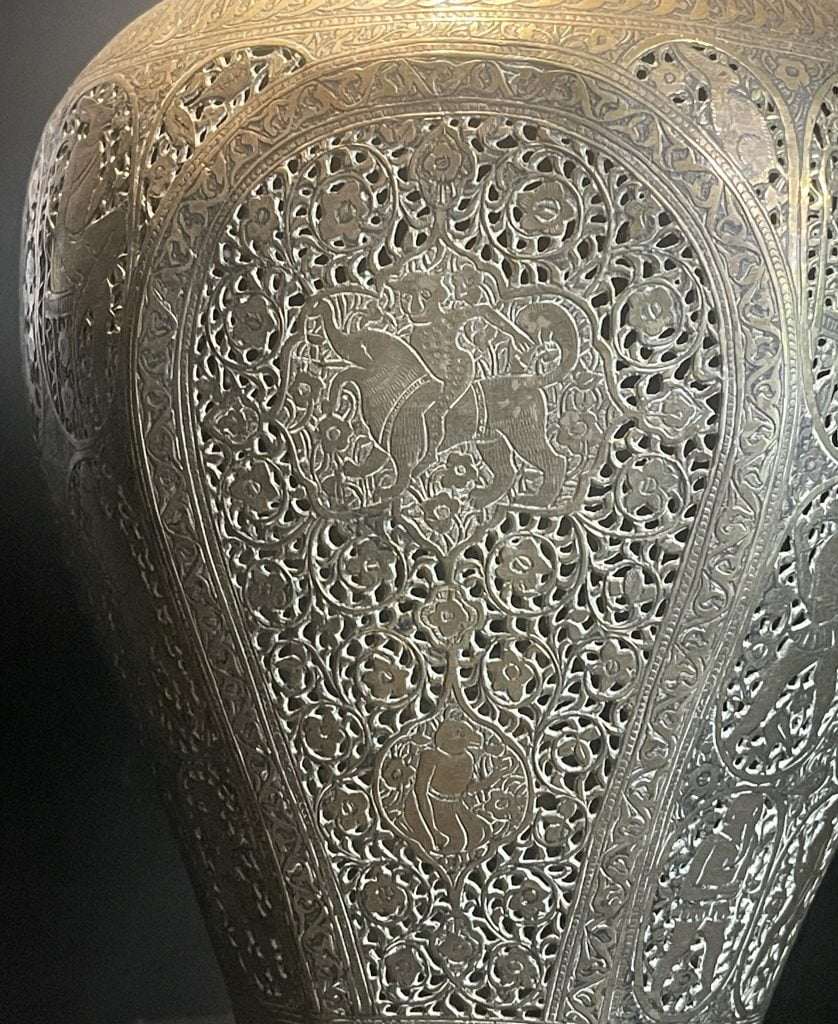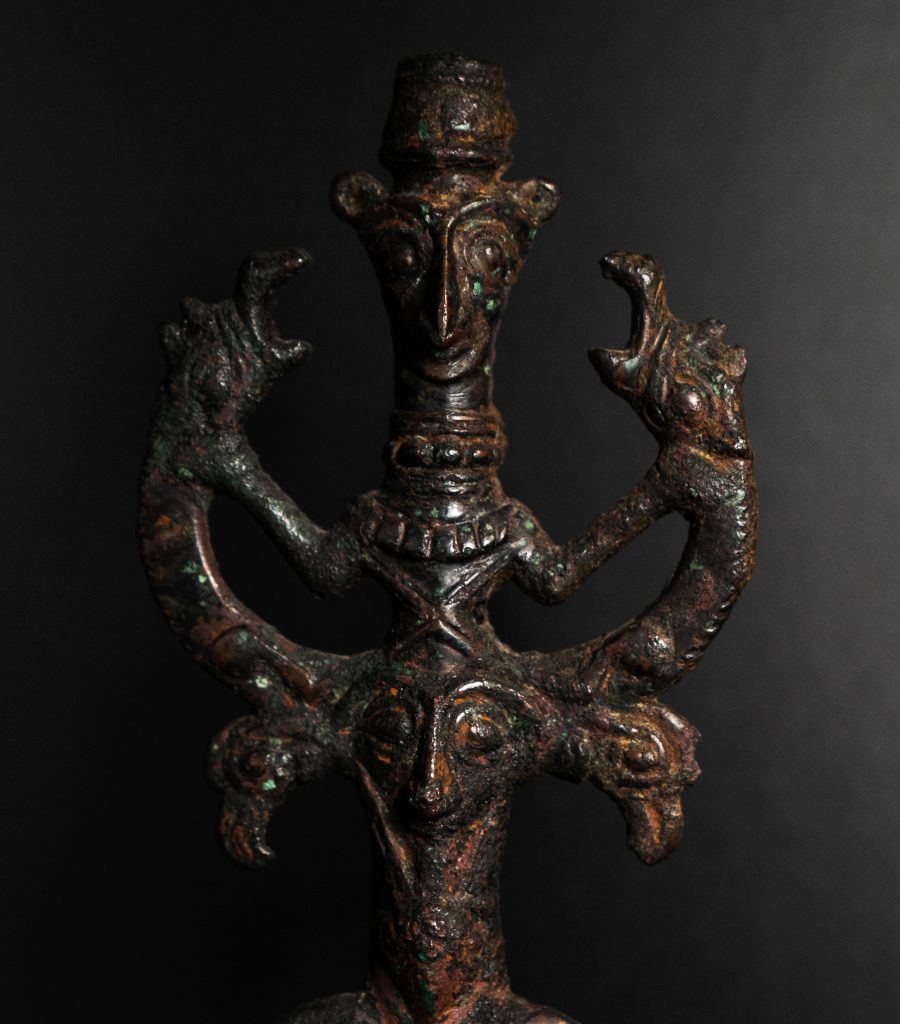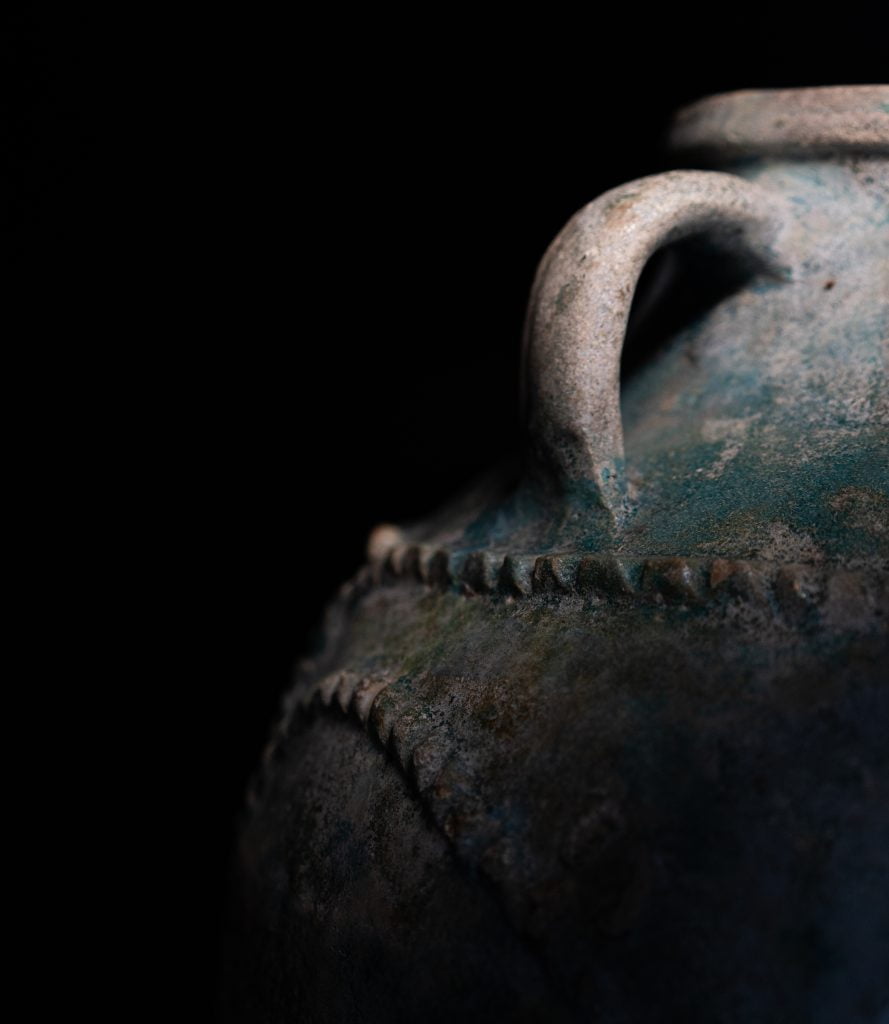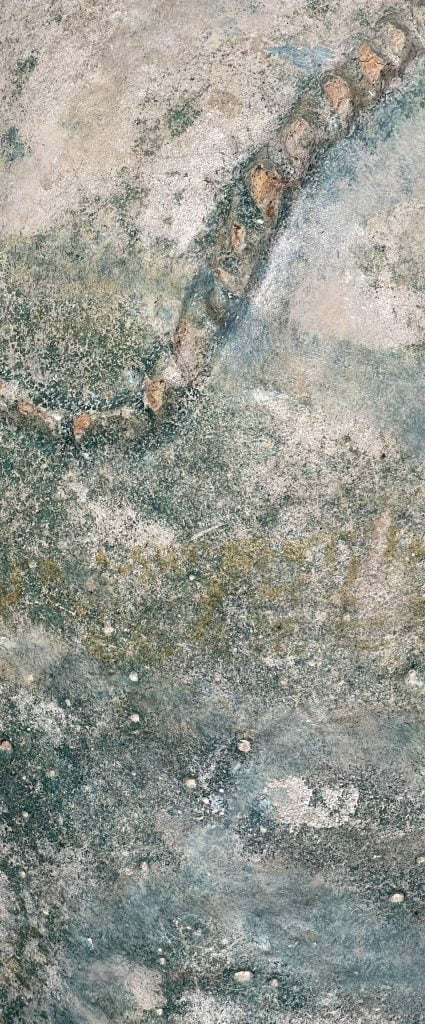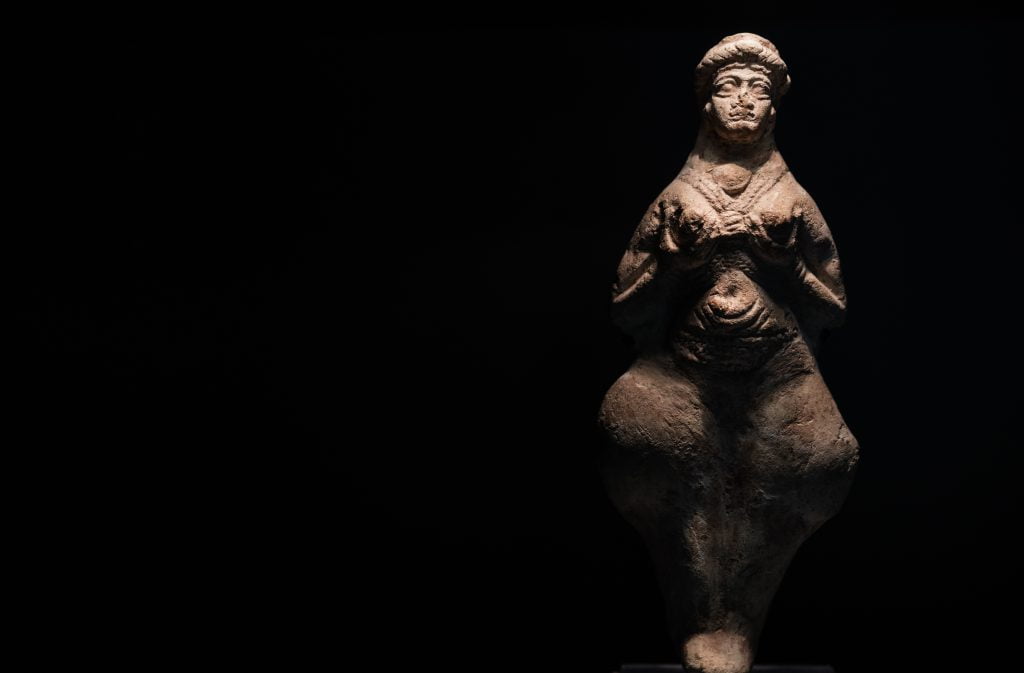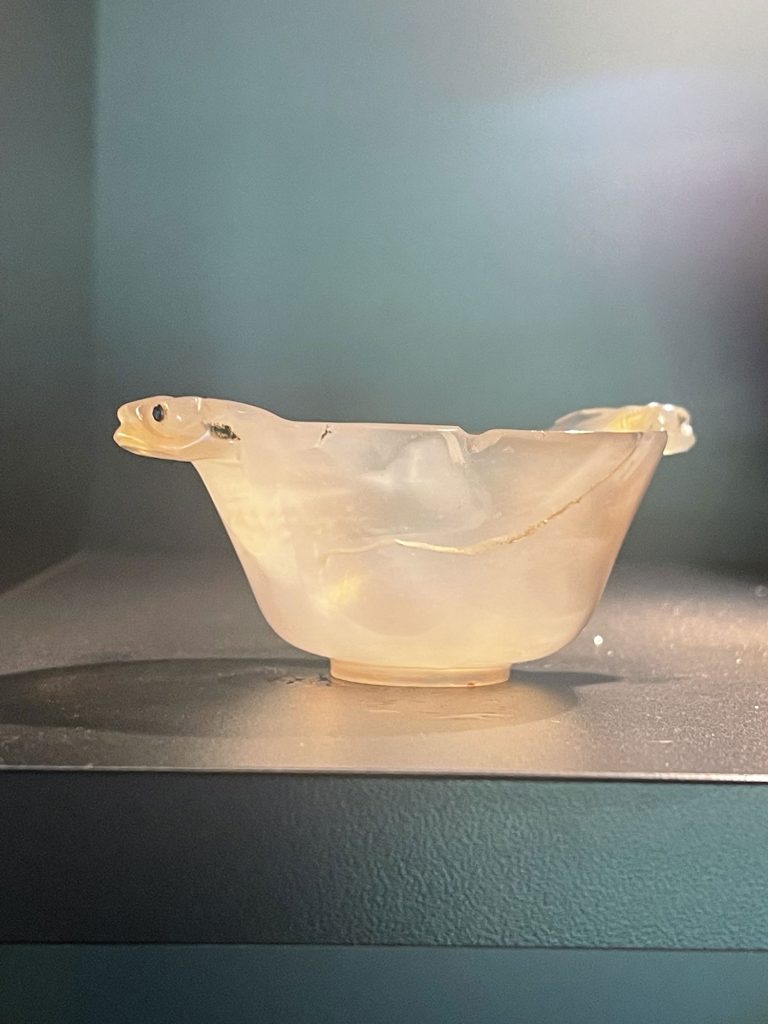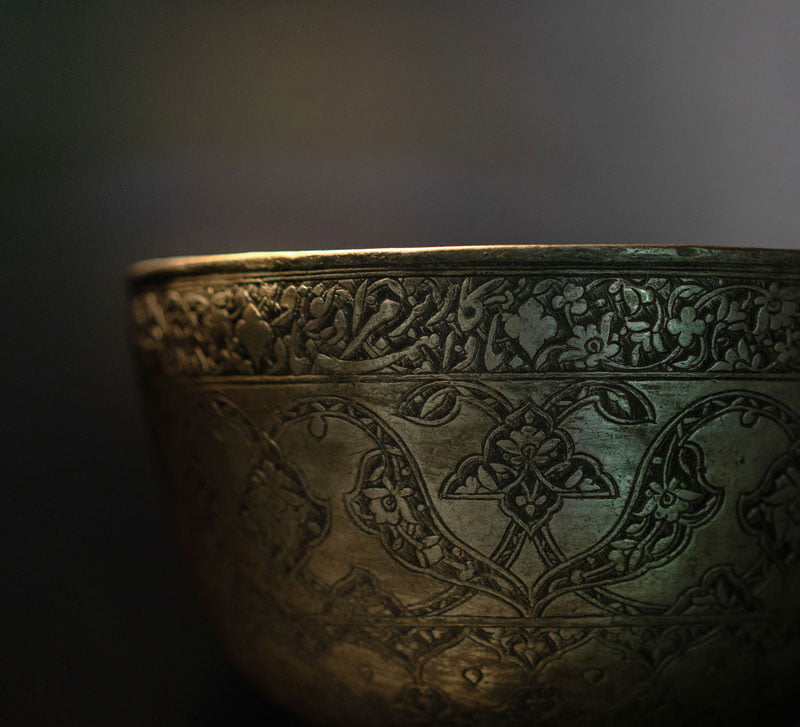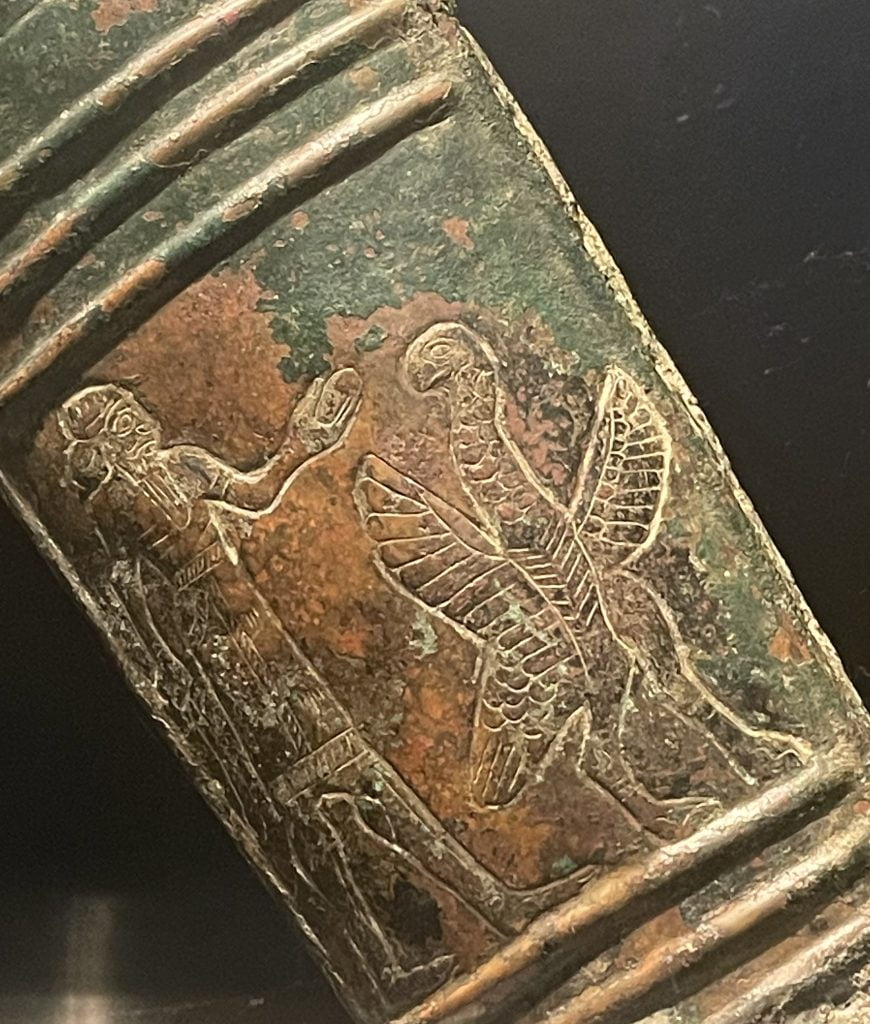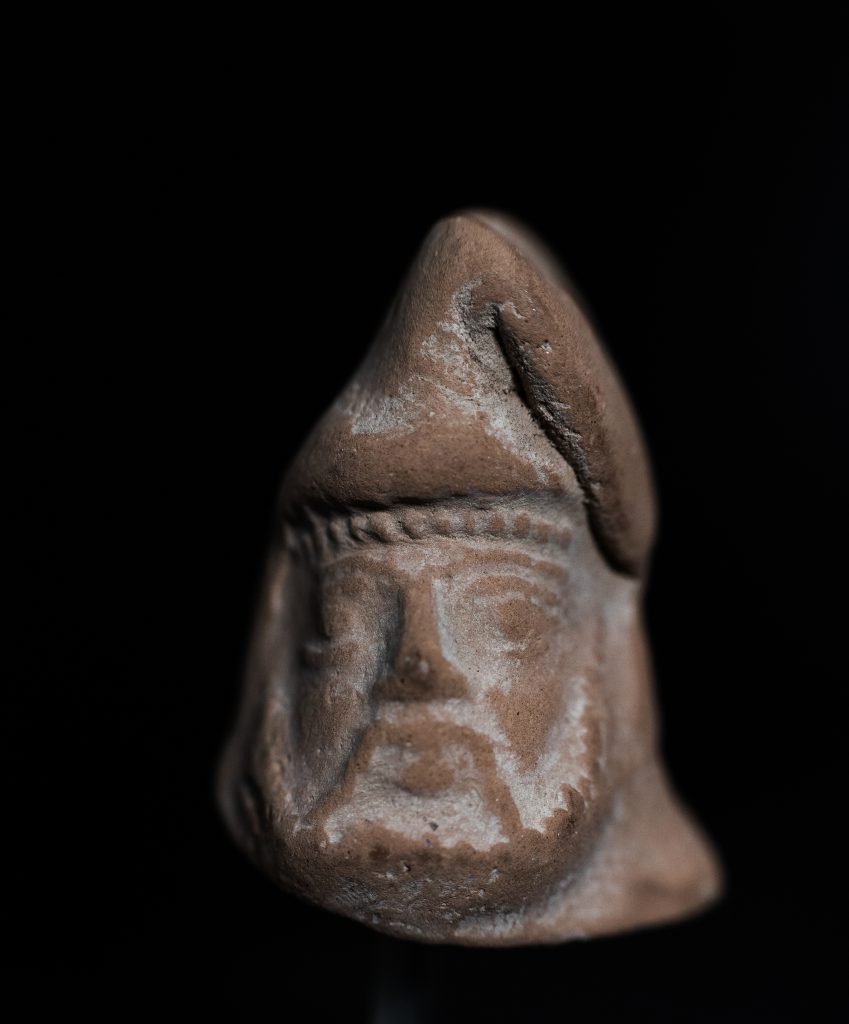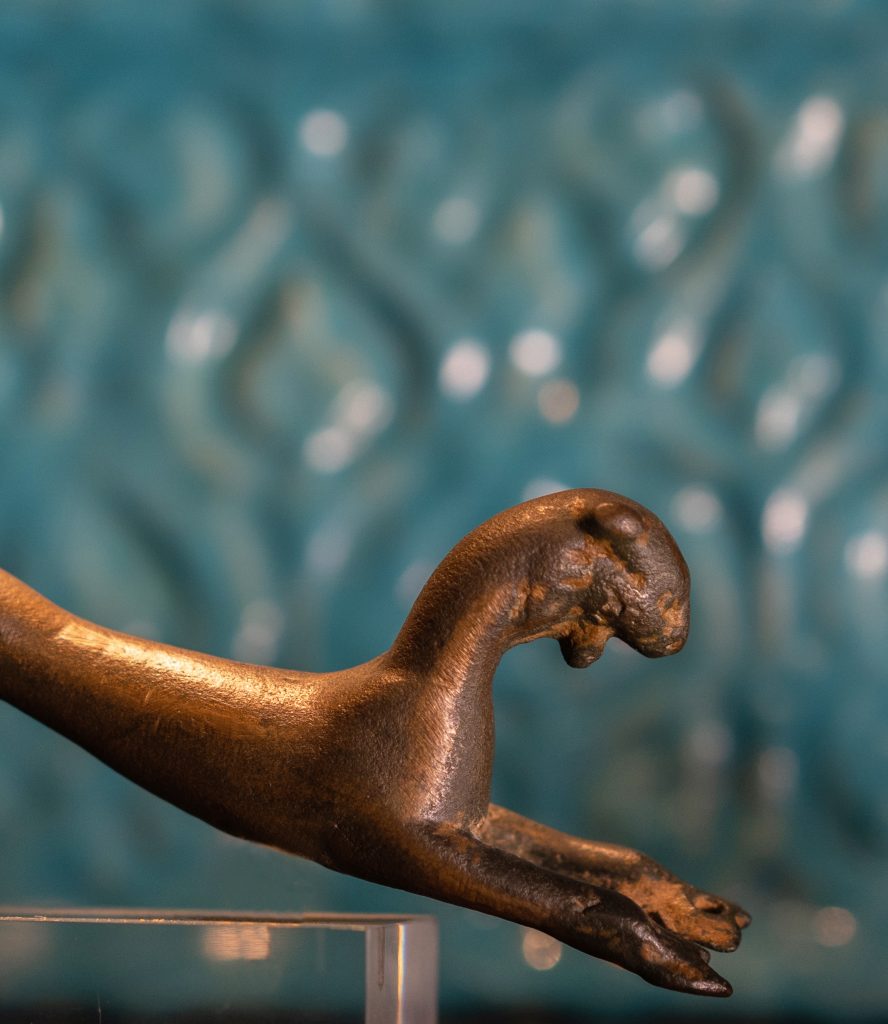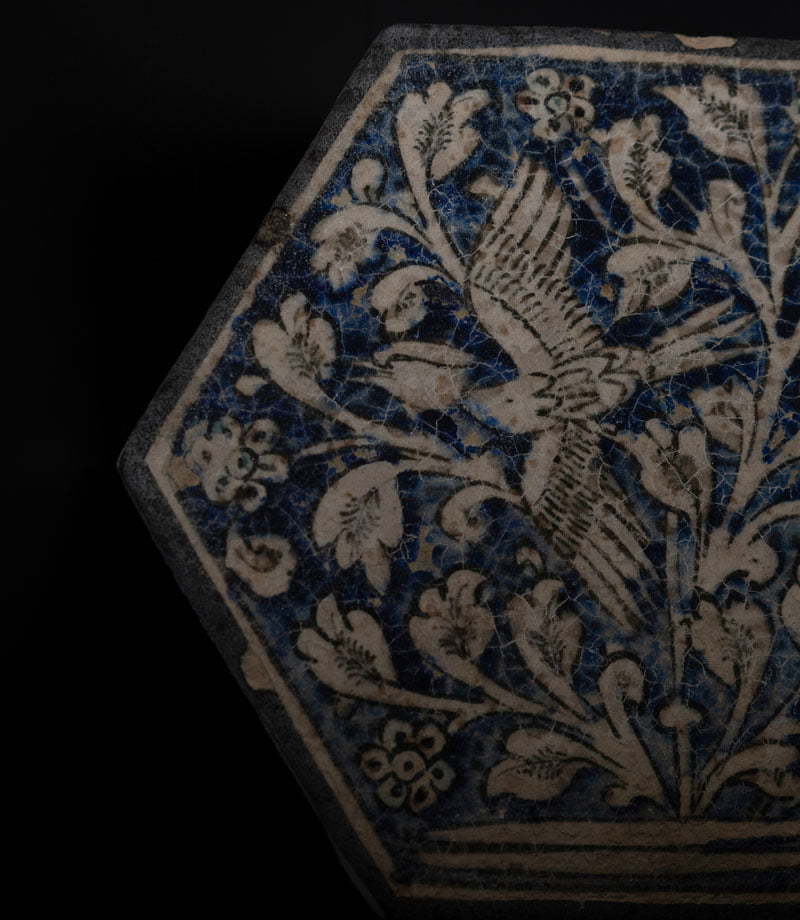THE LOVE OF ART
Over the years, driven by his profound attachment to Persia, its history and its culture, Masrour Makaremi has assembled an impressive collection of Persian artworks.
Each and every work in this collection has its own unique power, derived from its craftsmanship, its historic significance, its rarity or its symbolic importance.
The earliest items in the collection date back to the third millennium BCE, while the most recent are works by contemporary artists.
Assembled with great sensitivity as well as an erudite eye, this collection is an ode to the beauty of the human creative spirit.
A Sassanid-era winemaking amphora, dating from the latter half of the first millennium, takes pride of place in this collection: some of the wine is poured into this historic vessel, a symbolic gesture which reaffirms the cultural dimension of the Cyrhus adventure.
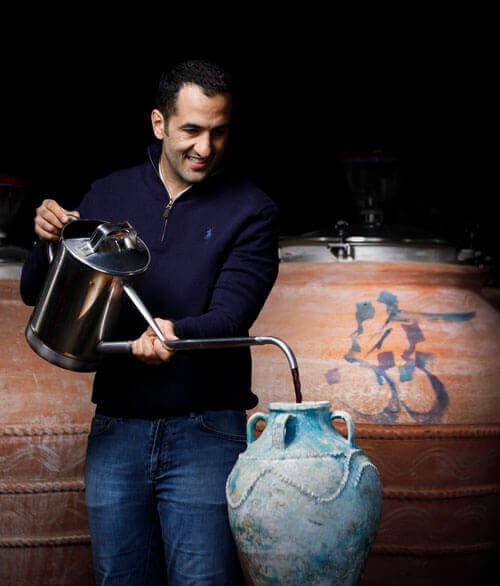
Calligraphy
Persian calligraphy is a celebration of beauty and harmony. This ancient art of writing is slightly ambiguous in terms of its phonetic representation of the Persian language, opening up a near-infinite spectrum of ambiguities and possibilities for the artist to bend to his will. Persian calligraphy perfectly encapsulates the power of aesthetic formalism in the service of poetic expression.
In Iran, calligraphy is regarded as a sacred art. It is primarily used to celebrate verses from the Holy Quran, but calligraphers also produce artistic renderings of poems and sayings from the great Persian writers and thinkers. Inextricably linked to poetry, calligraphy is an art form of the utmost importance in Persian culture. It is a living art, whose formal beauty is infused with raw emotion. Calligraphy is the ultimate marriage of content and form, an intense aesthetic union which transcends the ambiguous tension between meaning and style.
Poetry occupies a very important role in Persian culture. From Rudaki to Saadi, Rumi and Hafez to name a few, our homeland has produced a long line of poets who shaped the times in which they lived, each contributing to the lasting renown of Persian poetry. Their works often celebrate wine, its creation and its consumption, always associated with glorious feasts.
This rich literary heritage has inspired Masrour Makaremi in his own poetic efforts, including the verses behind the creation of Cyrhus.
Ô Hafez
They took our land and gave it back, vineless
Ô Hafez
They took our mother and gave her back, lifeless
So, Hafez
I’ve made my new home a vessel for your wine
And to the mouth and to the lips I carried the original ectasy
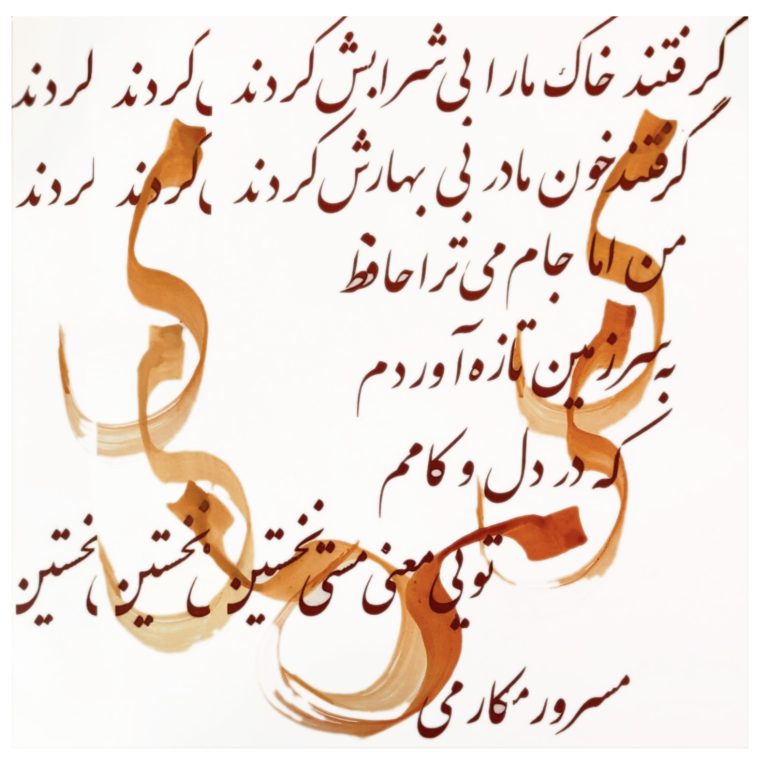
Calligraphy by Hassan Makaremi. The theme of this calligraphic artwork is the cup of wine. The word wine is repeated with the form of a traditional wine vessel.
